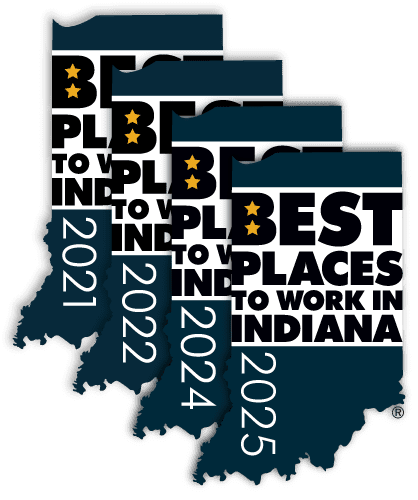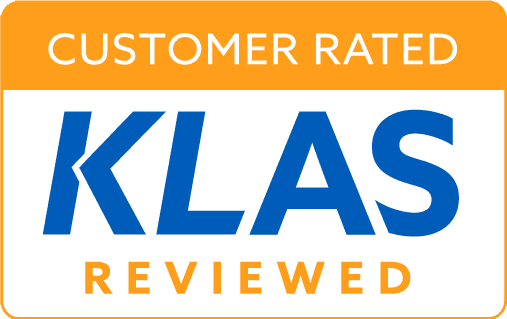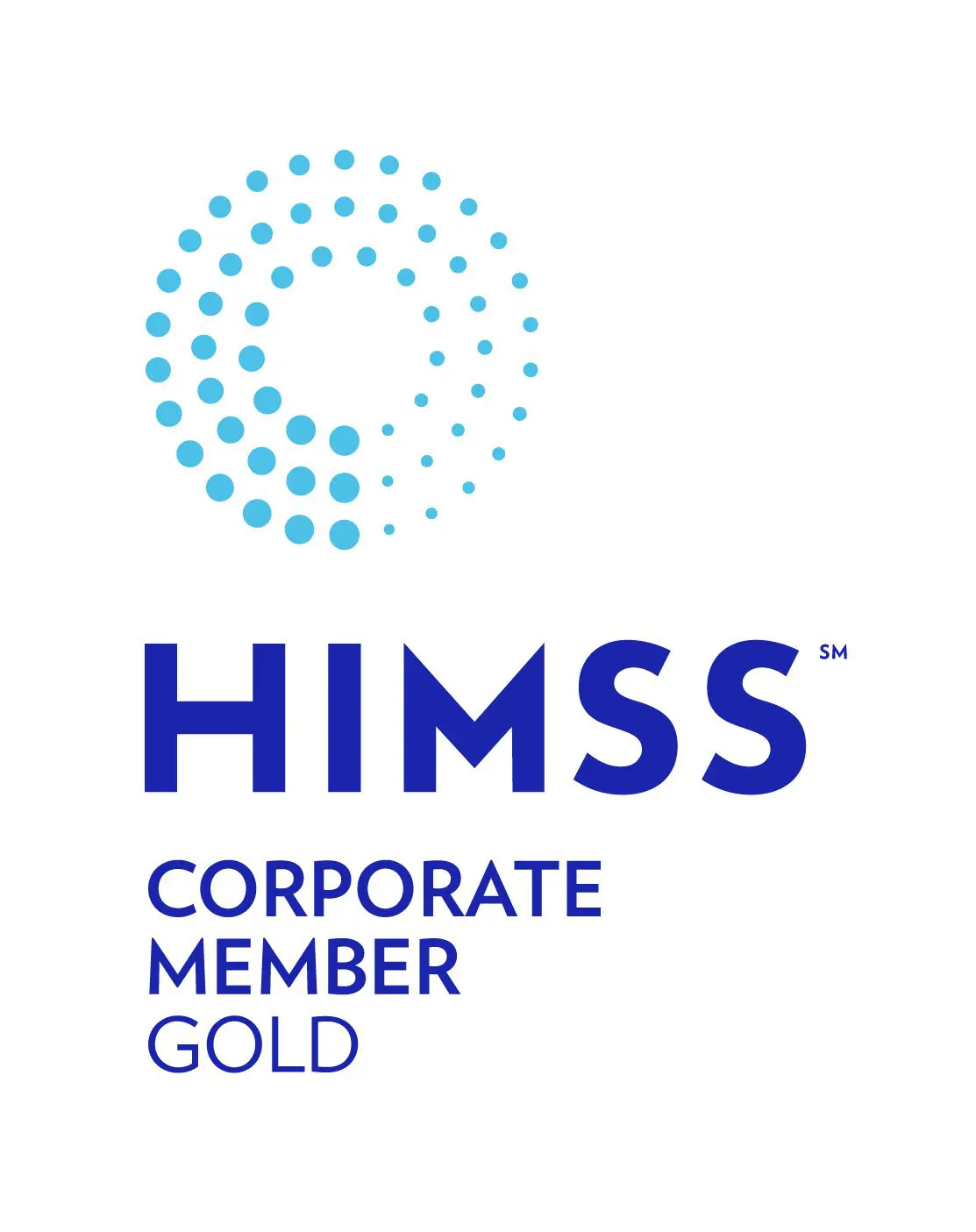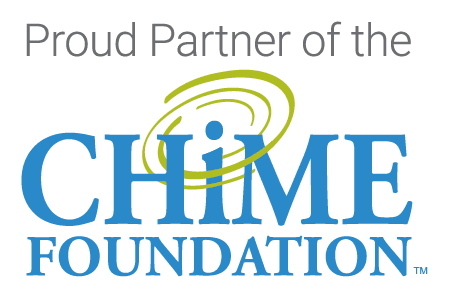
The value of electronic health records is undeniable, but physicians nationwide are upset over the complexity that often comes with the process. According to the Harvard Business Review, physicians spend half their time using EHRs. That nets out to an annual cost of over $365 billion dollars – more than the U.S. spends treating any major class of diseases.
In an industry where time is money, and in which clear records could be a literal matter of life and death, it’s time to make some adjustments – for the benefit of both physicians and patients.
- Embrace Innovation – EHRs are intended to make life easier, not harder. When new EHR technology is adopted, it’s essential that users be adequately trained, with a focus on their specific needs and abilities. In addition, your EHR vendor relationship should be ongoing, with the opportunity to reach out with questions about the technology at any time and continuous training as platforms are updated. Along the way, anyone using the technology should actively engage in seeking out tools such as shortcuts and templates. These types of innovations could exponentially streamline the EHR workflow.
- Get involved – The best way for care providers to influence how their EHR system functions is to provide EHR vendors feedback. One way to do that is to identify potential problems by either conducting EHR safety surveys or designating a safety team. Another is to utilize enhanced training methods, such as simulated clinical environments, to provide direct feedback. It is also recommended that formal usability assessments be performed. Designating safety experts to advise on EHR implementation, customization, and use can also help minimize confusion and frustration, and improve workflow.
- Incorporate an archive – As EHR systems are replaced, a full data conversion from the old system to the new is often too costly and complex. Often, providers convert only demographics and key clinical data elements to the new system. That leaves historical medical record information left behind, causing clinicians and HIM professionals to search information in more than one system. Migrating all the legacy patient data into a consolidated, secure and easily searchable archive – and then decommissioning the outdated systems – is a step towards increasing efficiency. Single Sign-On access from the EHR to the archive is an important feature that allows clinicians to access historical records at time of care. And, other archive features like batch, quick or template printing allows health information management (HIM) professionals to more readily fulfill release of information requests for patients and other parties.
- Delegate – Arming physicians with one or two clinical assistants allows for the workload to be dispersed. Physicians can focus on patient care while the rest of the team provides in-room support, performs real-time information retrieval, and documents visit notes. This ensures thorough service while minimizing the bottleneck and relieving the physician of intensive clerical work.
It’s no secret that the increasing documentation standards expected by payers has also become an EHR hinderance. It’s reported that the U.S. is required to provide 2/3 more information than other countries.* While inroads have been made over the past years through initiatives like Patients Over Paperwork, intense documentation requirements still take a toll on providers. Taking some of the steps above to proactively streamline EHR workflows can help prevent physician burnout and keep patients safe.
*Haas, D.A., Halamka, J.D., Suk, M. “3 Ways to Make Electronic Health Records Less Time-Consuming for Physicians.” Harvard Business Review Web. January 2019.






